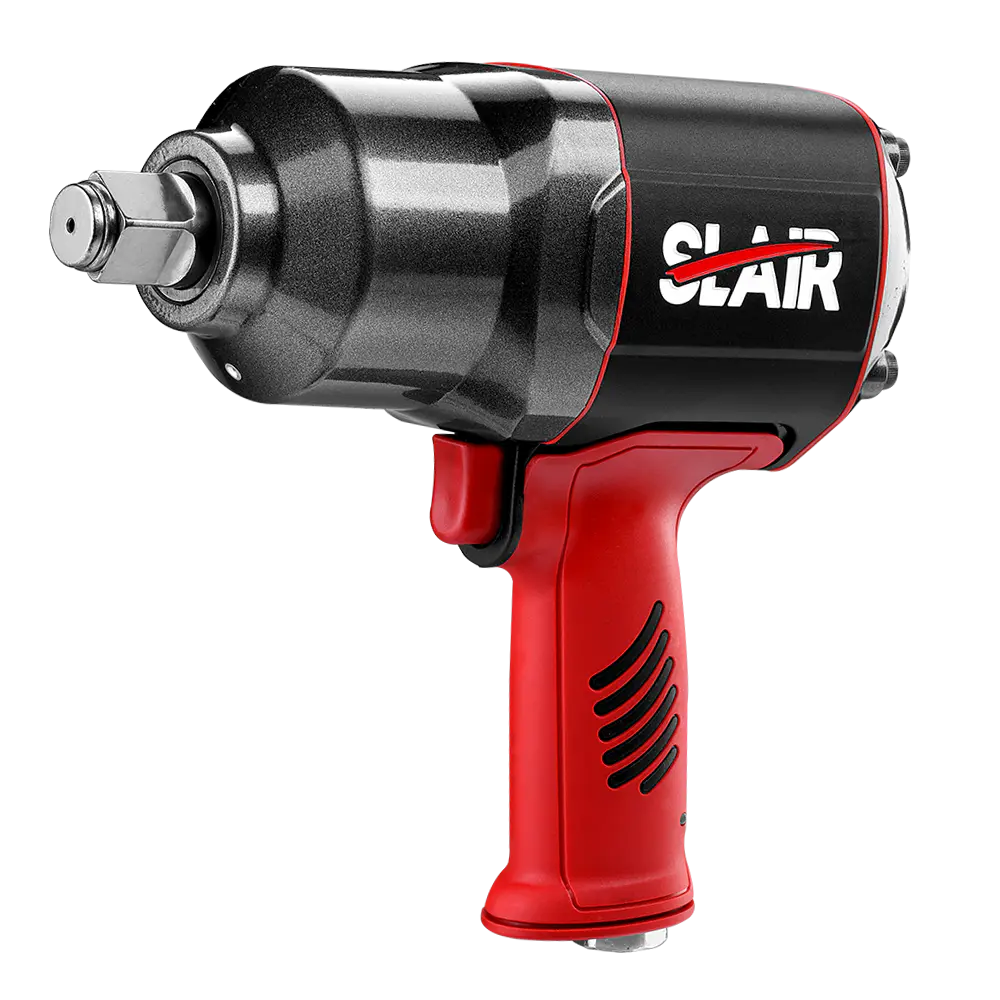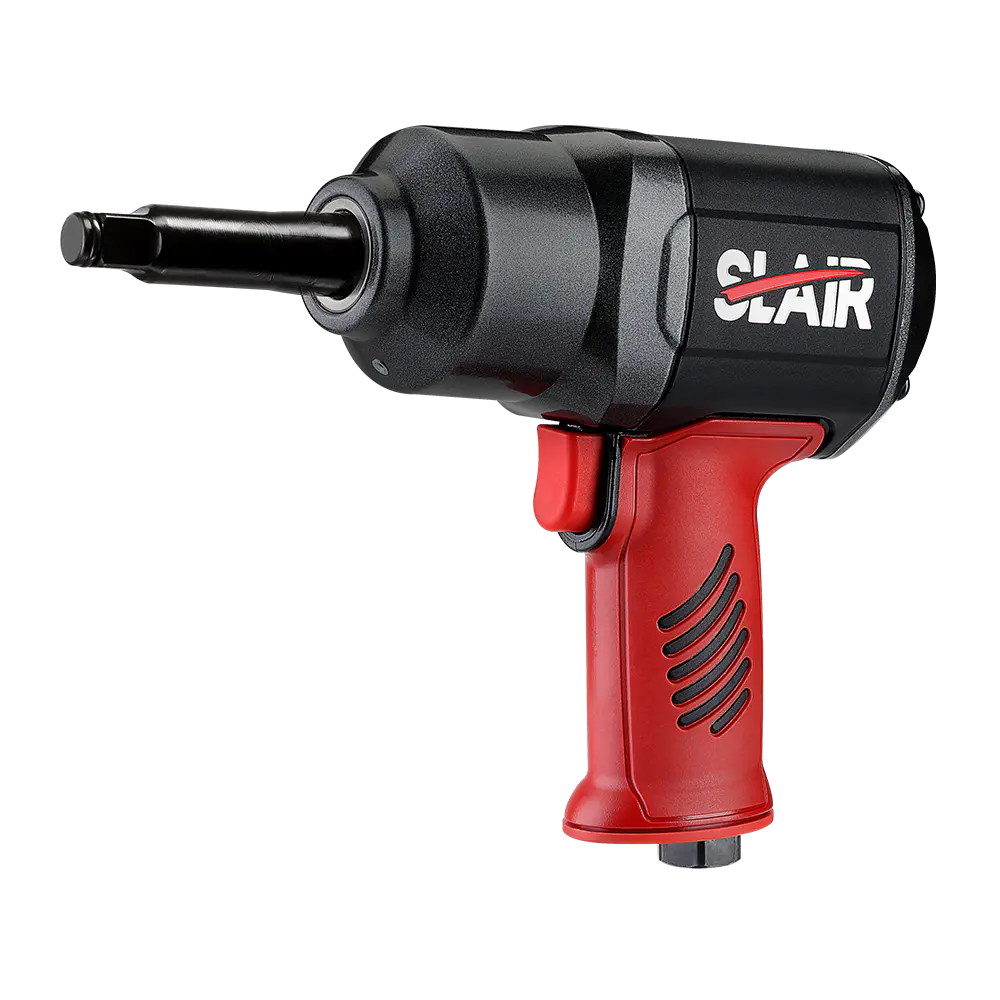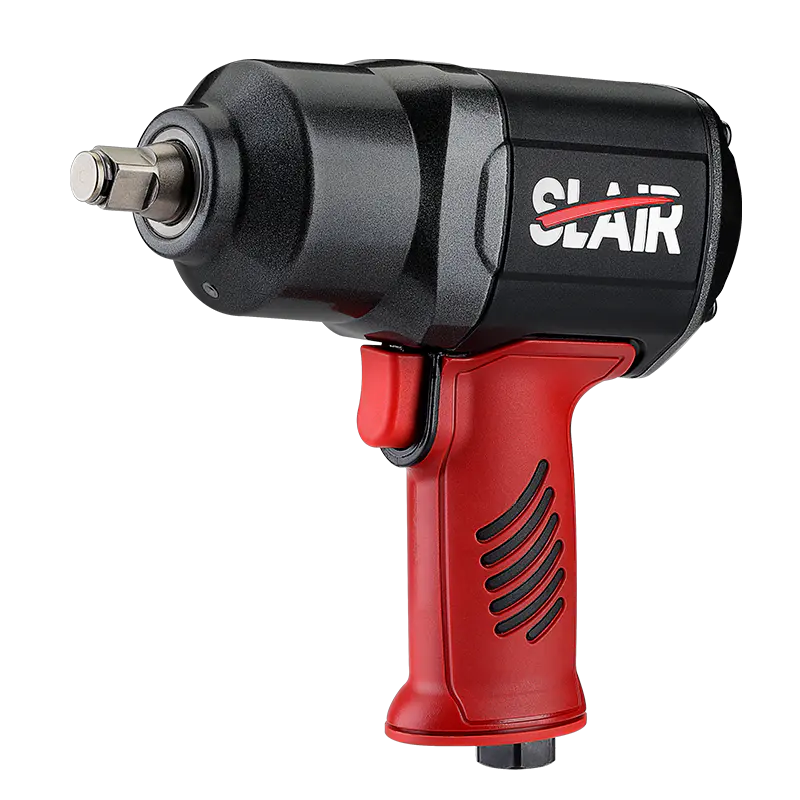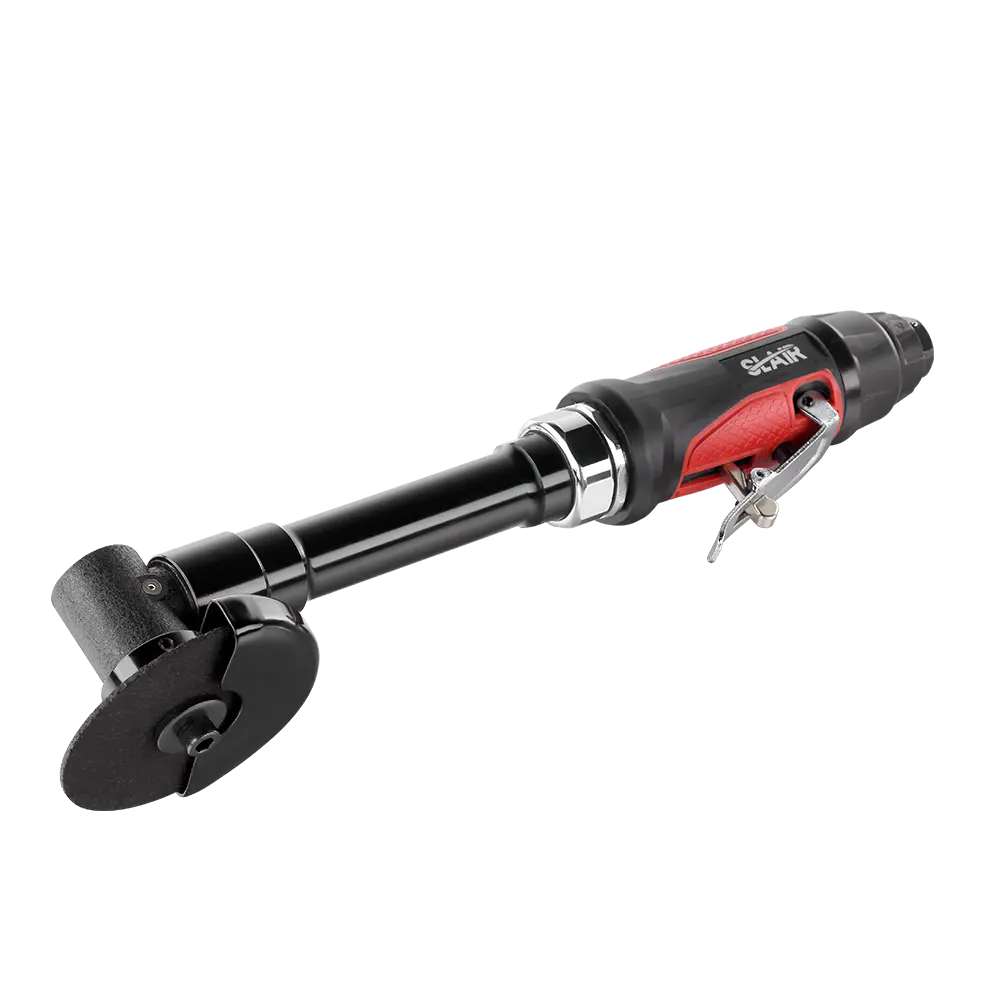The Air Angle Grinder is powered by compressed air supplied through an air compressor, enabling it to deliver high torque and consistent rotational speed. Because pneumatic motors are less prone to overheating, the Air Angle Grinder can maintain stable power output over extended periods of heavy use, which is advantageous for industrial applications involving cutting, grinding, or polishing tough materials like metal and concrete. The immediate torque response characteristic of pneumatic tools allows for efficient material removal and smoother operation under load without significant speed drop-off. Pneumatic motors inherently resist stalling under heavy loads, enhancing operational reliability during demanding tasks. By contrast, electric angle grinders—whether corded or cordless—depend on electrical motors and battery charge levels. While electric grinders may offer electronic speed control and variable speed options that enable greater precision in delicate operations, their power output can diminish with battery depletion or motor heating, potentially limiting continuous heavy-duty use. The Air Angle Grinder generally provides superior endurance and consistent high performance in rugged environments, while electric grinders offer enhanced precision and flexibility for varied applications.
In terms of portability, the Air Angle Grinder has both advantages and limitations. The grinder unit itself is often lighter and more compact than electric angle grinders since it does not house a heavy electric motor or batteries. This reduced handheld weight makes the Air Angle Grinder easier to maneuver, reducing operator fatigue during prolonged use and facilitating access to confined or overhead spaces where tool weight and size are critical considerations. However, the need for an external air compressor introduces logistical constraints that impact overall portability. The compressor and associated air hoses can be bulky and require a power source, limiting the tool’s mobility, particularly in remote locations or outdoor sites without easy access to electricity. Electric angle grinders, especially cordless models, excel in portability because they operate independently of external equipment, allowing users to move freely without the encumbrance of hoses or compressors. Corded electric grinders offer portability within the range of power outlets, which may be sufficient for many indoor or factory settings.
Maintenance considerations differ significantly between Air Angle Grinders and electric angle grinders due to their distinct power sources and mechanical designs. Pneumatic grinders feature relatively simple internal mechanisms with fewer moving electrical parts, which reduces the frequency of mechanical failures. They require consistent lubrication, typically through inline oilers or manual oiling, to keep the air motor’s bearings and vanes functioning smoothly and to prevent premature wear. Maintaining clean, dry, and filtered compressed air is crucial to avoid moisture accumulation and contaminants that could corrode internal components and reduce tool lifespan. The air supply system—including compressors, hoses, and regulators—also demands routine inspection and servicing to ensure consistent air pressure and flow. In contrast, electric angle grinders involve maintenance tasks related to motor brushes, armatures, and electrical connections, which may wear out or require replacement over time. Cordless electric grinders add battery maintenance, such as charging cycles and storage conditions, to the equation. Electric grinders are also more vulnerable to overheating and electrical faults, necessitating occasional repairs or replacement of components. While pneumatic tools have simpler mechanical upkeep, their dependence on a well-maintained air supply infrastructure adds complexity.





 English
English 中文简体
中文简体 русский
русский Deutsch
Deutsch Português
Português Español
Español
















